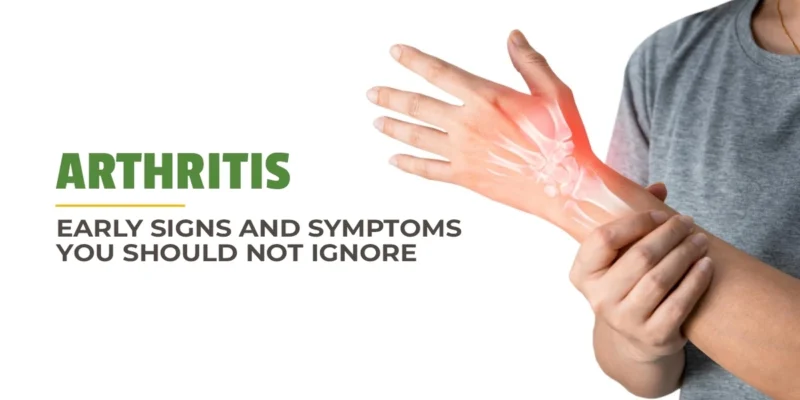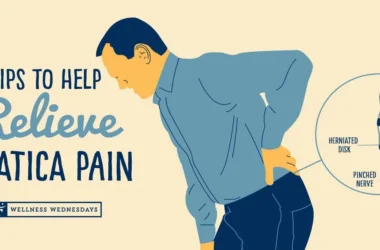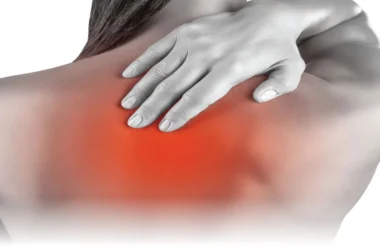[ez-toc]
Introduction
Arthritis, a condition characterized by joint inflammation and pain, can significantly impact daily life and mobility.
While medical treatments play a crucial role, complementary approaches like Tai Chi offer a holistic solution for managing arthritis-related discomfort.
This ancient Chinese practice combines gentle movements, deep breathing, and mindfulness to provide relief and enhance overall well-being.
In this comprehensive guide, we will delve into the therapeutic benefits of Tai Chi for arthritis pain relief, exploring how this timeless practice can serve as a modern solution for joint health.
Tai Chi for Arthritis: Ancient Art for Modern Pain Relief
Tai Chi, a mind-body exercise rooted in ancient tradition, holds immense promise as a modern approach to alleviating arthritis pain. Its fluid movements and mindfulness techniques contribute to joint mobility, flexibility, and pain reduction.
Benefits of Tai Chi for Arthritis
Incorporating Tai Chi into an arthritis management plan offers a range of benefits that extend beyond pain relief:
1. Joint Mobility:
Tai Chi’s gentle movements promote fluid joint mobility, preventing stiffness and improving range of motion.
2. Muscle Strengthening:
The controlled movements of Tai Chi engage various muscle groups, enhancing overall muscle strength and joint support.
Also Read: Holistic Approach to Migraine Relief: Integrating Mindful Movement and Breathing
3. Pain Management:
Tai Chi’s meditative aspect and slow movements release endorphins, the body’s natural pain relievers, helping to manage arthritis discomfort.
4. Improved Balance:
The focus on weight shifting and controlled movements improves balance and reduces the risk of falls, a common concern for arthritis sufferers.
Tai Chi Techniques for Arthritis Relief
1. Tai Chi for Arthritis Program:
Designed specifically for arthritis management, this program consists of slow, controlled movements that promote joint flexibility and pain reduction.
2. Qigong Movements:
Qigong, a component of Tai Chi, involves gentle, flowing movements and deep breathing exercises that contribute to relaxation and joint health.
3. Mindfulness and Meditation:
Tai Chi emphasizes mindfulness, helping individuals connect with their bodies and reduce stress, which can exacerbate arthritis symptoms.
4. Balancing Exercises:
Tai Chi’s emphasis on shifting weight and controlled movements improves balance, reducing the risk of falls and injuries.
5. Breathing Techniques:
Incorporating deep breathing techniques enhances lung capacity and oxygenation, supporting overall well-being and arthritis management.
FAQs about Tai Chi for Arthritis
Q: Is Tai Chi suitable for all types of arthritis?
A: Tai Chi can benefit various types of arthritis, but it’s essential to consult your healthcare provider before starting any new exercise regimen.
Q: How often should I practice Tai Chi for arthritis relief?
A: Consistency is key. Aim for regular practice, starting with a few sessions per week and gradually increasing as your comfort and ability allow.
Q: Can Tai Chi replace medical treatment for arthritis?
A: Tai Chi can complement medical treatment but not replace it. Consult your healthcare provider for a comprehensive arthritis management plan.
Q: Can I practice Tai Chi if I have limited mobility?
A: Tai Chi can be adapted to accommodate varying levels of mobility. Consult a Tai Chi instructor who can guide you through modified movements.
Q: How long does it take to experience arthritis relief from Tai Chi?
A: Individual responses vary. Some may notice improvements within weeks, while others may take longer. Patience and consistency are essential.
Q: Can Tai Chi prevent arthritis progression?
A: While Tai Chi can enhance joint health and alleviate discomfort, it may not prevent the progression of arthritis. It contributes to overall well-being.
Conclusion
Tai Chi offers a harmonious blend of ancient wisdom and modern relief for arthritis sufferers. Through its gentle movements, mindful practices, and emphasis on joint mobility, Tai Chi presents a holistic approach to managing arthritis-related discomfort.
As you embark on your journey towards pain relief and enhanced joint health, remember to consult your healthcare provider and embrace the transformative power of Tai Chi. It’s not just an ancient art—it’s a modern solution for cultivating well-being and harmony within your body.






